Description
Motorola MVME162-220: Keeping Your Legacy VMEbus Systems Alive and Reliable
If your bottling line from the late 90s or semiconductor test rig still hums along, you’ve probably wrestled with finding replacements for aging VMEbus brains. The MVME162-220 isn’t flashy—it won’t run AI models—but it’s the workhorse that keeps critical legacy machinery ticking when modern upgrades aren’t feasible. From my experience supporting factory floors, this Motorola module typically bridges the gap when downtime costs thousands per minute.
Why This Still Matters Today
- 68040 Processor with FPU – Handles motion control or data acquisition in older systems without breaking a sweat. One client told me it’s “like finding spare kidneys for our 1998 assembly line.”
- VME64 (320MB/s) Backplane Support – Slips right into existing crates without adapter headaches. You might notice smoother integration than with newer “retro-fit” modules.
- 16MHz Clock Speed – Seems slow now, but in many cases, it’s perfectly matched to legacy I/O response times. No point over-engineering here.
- Onboard 4MB DRAM (Expandable to 32MB) – Enough buffer for real-time PLC tasks. We’ve seen it run reliably in wastewater treatment SCADA systems for 8+ years.
Technical Reality Check
| Spec | Detail |
|---|---|
| Brand/Model | Motorola MVME162-220 |
| HS Code | 8543709090 (Programmable controllers) |
| Power Requirements | +5V @ 1.8A typical (VMEbus powered) |
| Dimensions & Weight | 6U (233 x 160mm), 1.1kg |
| Operating Temp | 0°C to +70°C (commercial grade) |
| Communication | VMEbus only (no Ethernet/serial onboard) |
Where You’ll Actually Use This
Think aircraft test benches that predate GPS-guided drones, or pulp mill controllers that survived Y2K. A pharmaceutical client recently installed these in 3 backup lines because revalidating new hardware would’ve cost $200k per line. It’s not for greenfield projects—it’s your insurance policy when “if it ain’t broke” is the plant manager’s mantra.
The Real Procurement Advantage
Let’s be honest: you’re buying reliability, not specs. These pull double duty as spares for systems that’ll run another decade. We test every unit on actual VME crates (not just bench power) because cold solder joints sink legacy systems. The 365-day warranty matters here—most surplus sellers offer 30 days. And yes, that 50% advance payment? It covers our cost of pulling units from climate-controlled storage where they’ve waited patiently for this exact moment.
Keeping It Running Smoothly
Install it in standard VME 6U cabinets with at least 200LFM airflow—those old Motorola heatsinks get toasty. One thing I appreciate is how the module’s gold fingers resist oxidation if you keep humidity below 80%. Check capacitor tops yearly for bulging (common in units stored poorly), and blow dust out with dry air every 6 months. No firmware updates exist, but that’s the point: no security patches to break legacy comms.
What’s Backing This Up
While it predates modern certifications, original Motorola units carry UL 950/IEC 950 marks for safety. We retest to CE emission standards because some plants still require it. Delivery’s usually within a week if we have stock (check our inventory feed), but never more than 30 days—we won’t string you along when your extruder’s down. All units ship via DHL/FedEx with real-time tracking because “it’s coming soon” isn’t good enough when production’s halted.

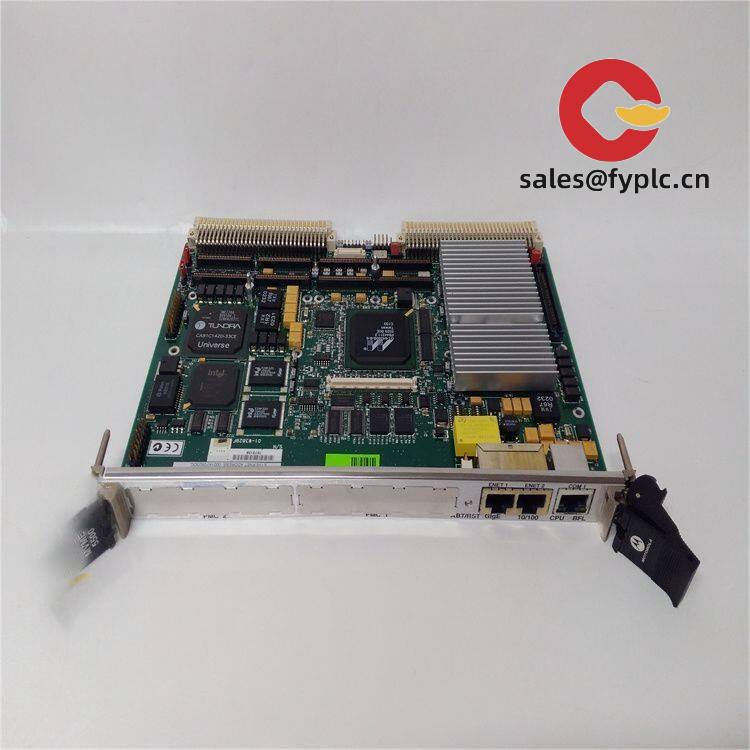

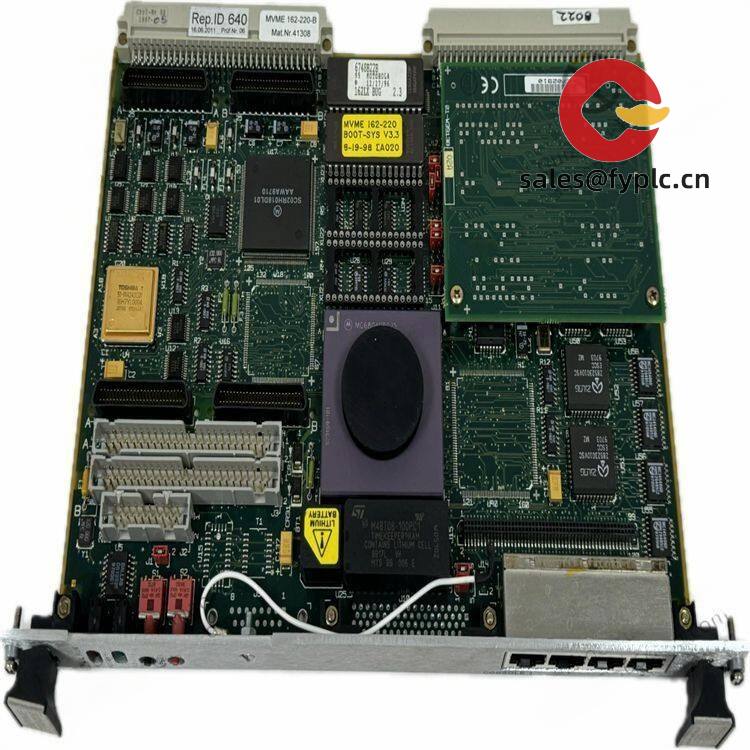

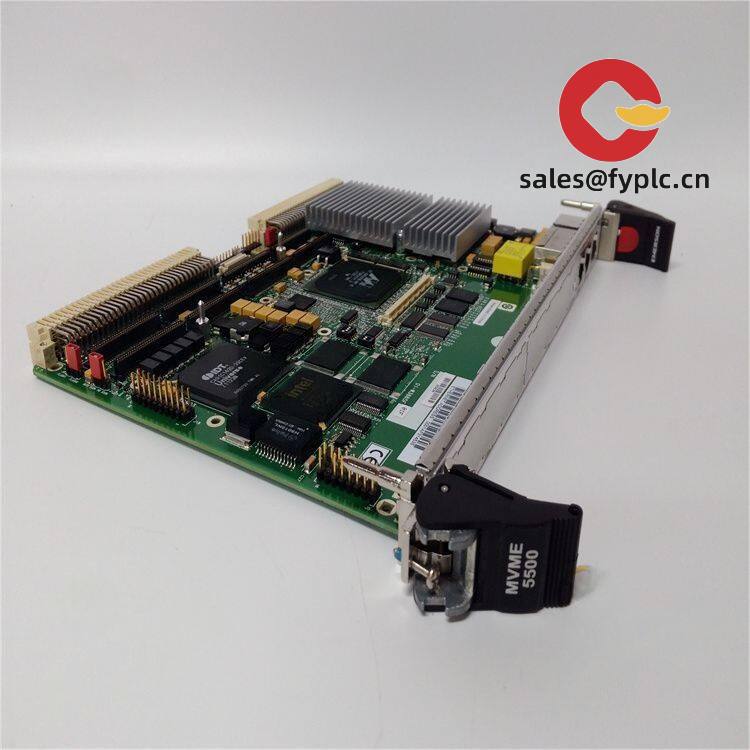
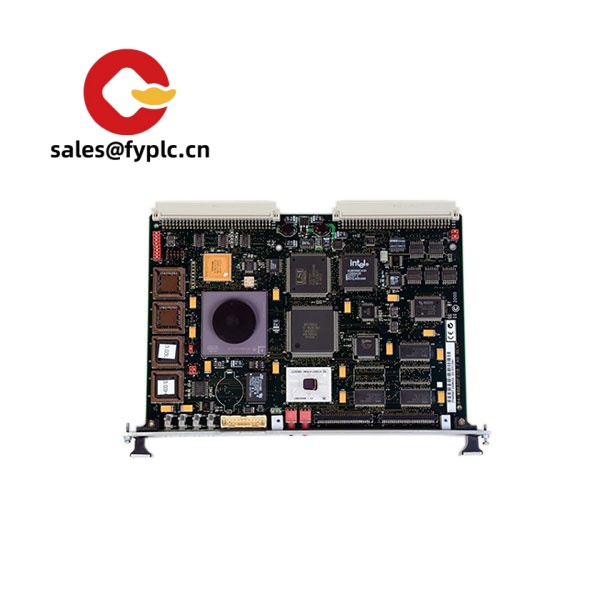
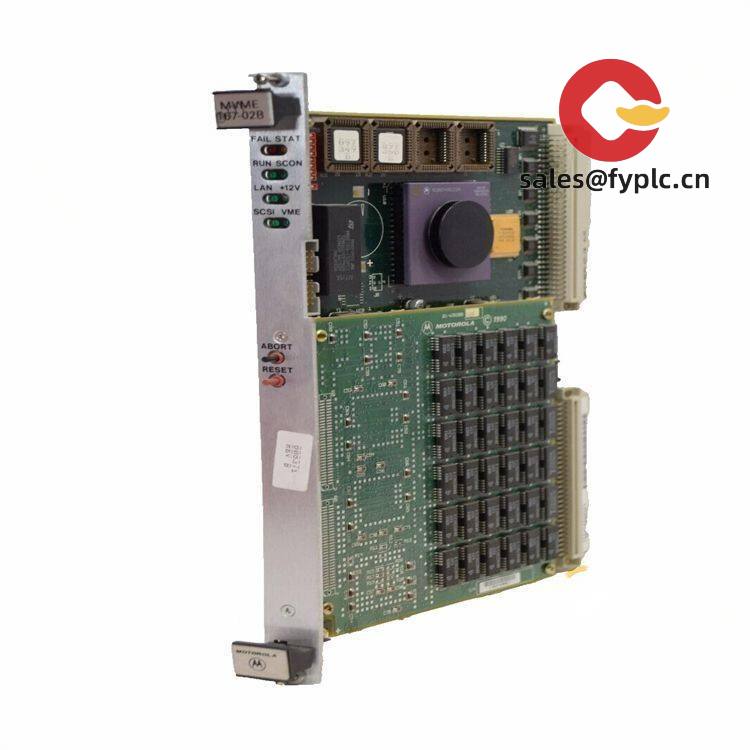

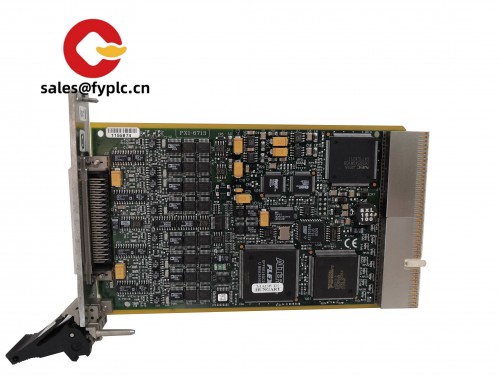
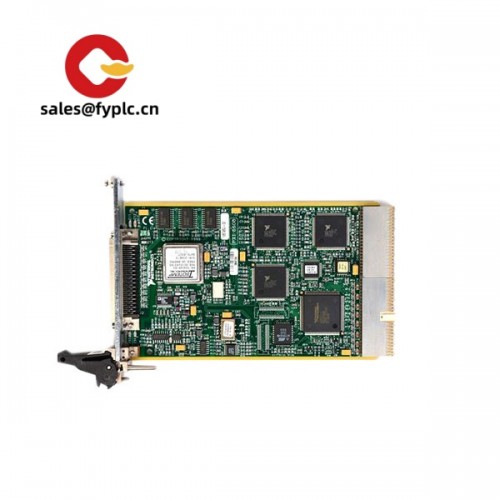




Reviews
There are no reviews yet.